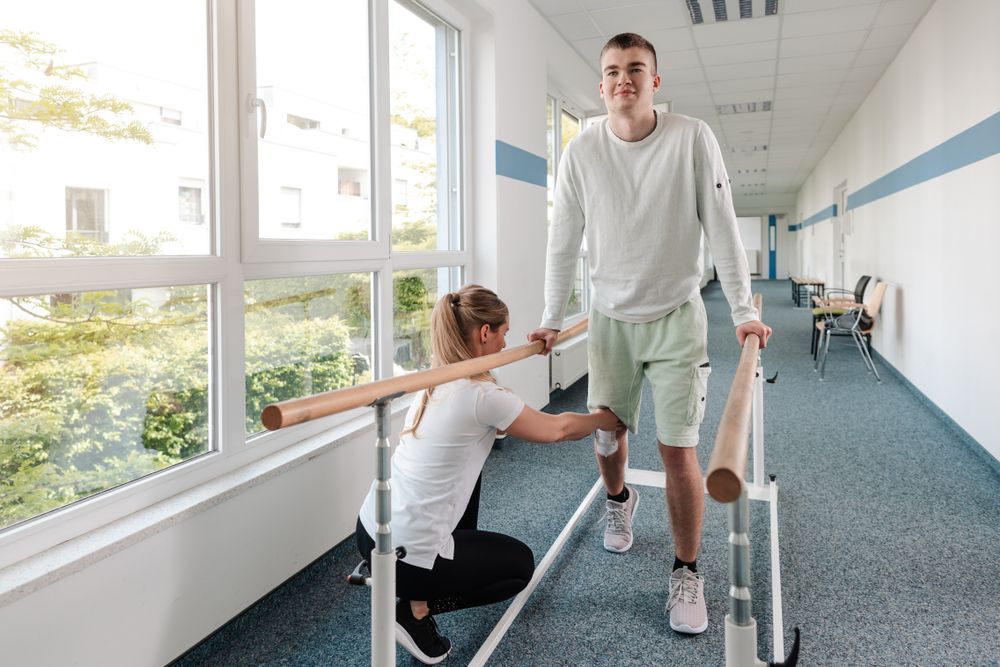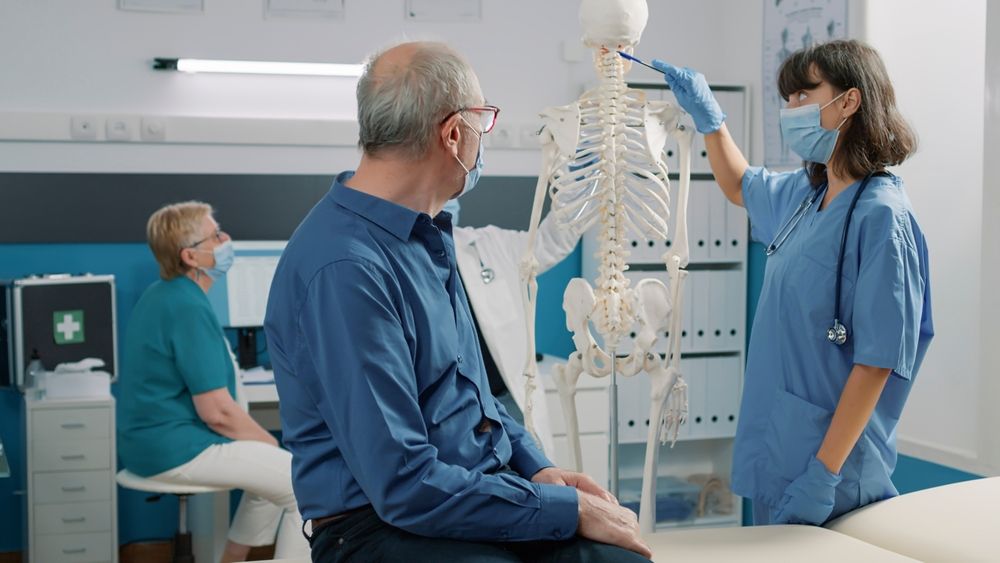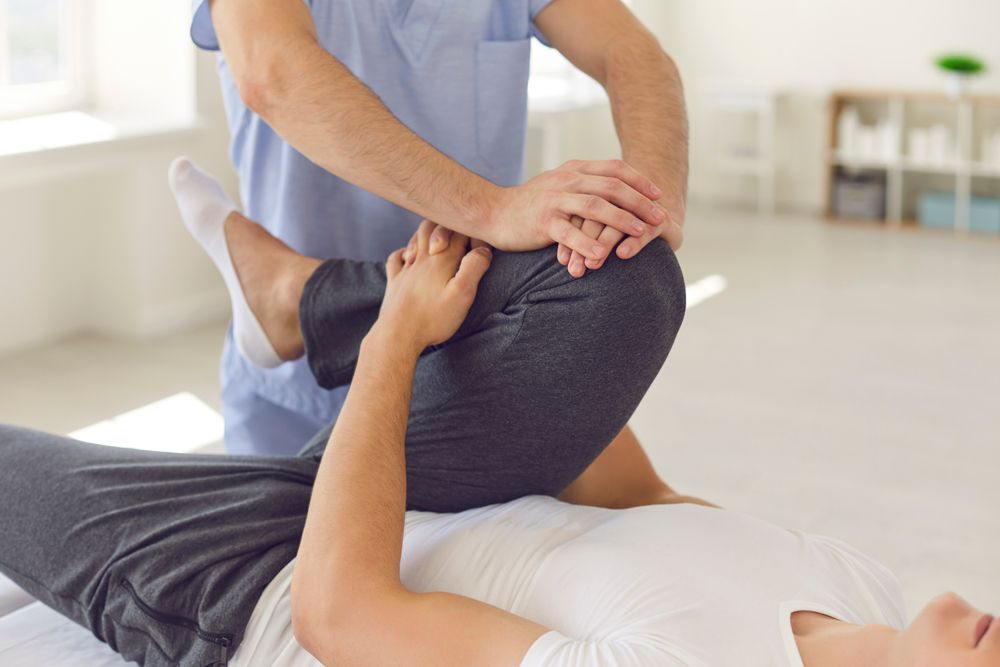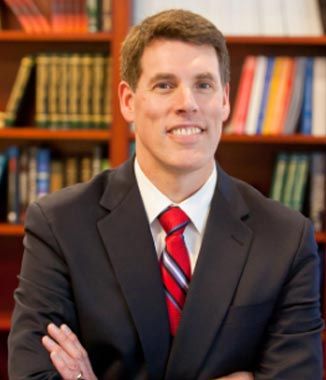There is an area of sports medicine that is seeing a rise in recent years known as Sports Analytics. This practice focuses on identifying those patients who are at greater risk of experiencing an injury from athletic activity. Skilled orthopedic specialists use patient health information to develop a specialized plan to limit future potential injuries. When an injury does occur, they’re better able to determine what methods would be effective in treating these concerns. Regardless of their age, any patient living an active lifestyle can benefit from sports analytics.
How Athletes Benefit From Sports Analytics
The first part of utilizing sports analytics in patients’ care is identifying the areas of their health that can be negatively impacted. The patient’s overall physical health, as well as the risk levels associated with their preferred activities, are taken into account. These can include repetitive motions such as pitching or swinging a tennis racket or significant physical impacts such as those common in football. These elements, combined with the body mechanics, weight, and age of the patient, are weighed to establish an effective baseline of quality care.
While their performance on the field can benefit from this practice, this is just the start. Athletes who are still in grade or high school will benefit by avoiding becoming injured. An injury does more than just cause physical pain and keeps them from their sports activities. The time needed to recover can negatively influence their academic performance as well. Further, the risk of injury in high-school-age students is significantly higher than in professional circles.
Specializing in sports analytics means understanding the body mechanics involved with how athletes use their bodies. Further, the demands that certain sports place on the body must be understood, and what injuries are likely in those activities. The recovery process for those living active lifestyles tends to differ as well. The goal of treatment is to ensure that these patients restore function and mobility quickly and safely. However, this can include different things depending on the patient’s health.
Common areas that experience injuries as part of sports activities include:
- Hip Flexor Strain – The muscles in the upper anterior (front) thigh are essential to aiding the movement of the knee towards the abdomen.
- ACL Tear/Strain – This ligament helps to stabilize the knee. ACL stands for the anterior cruciate ligament.
- Concussion – Impacts on the head can be a serious problem in certain sports. Symptoms such as headache, confusion, and dizziness can point to the presence of a concussion.
- Groin Pull – Overextending the muscle in the upper inner thigh.
These represent just a selection of the potential risks faced by those living an active lifestyle.
Learn More About Sports Risks From Your Orthopedist
If you live for competition and participation in sporting activities, speak to your orthopedist. They’ll be able to guide you on protecting yourself while enjoying your favorite activities. Further, they can apply sports analytics to ensure that any medical concerns specific to your health can be accounted for. This will ensure that you get to continue to enjoy your favorite activities safely.











